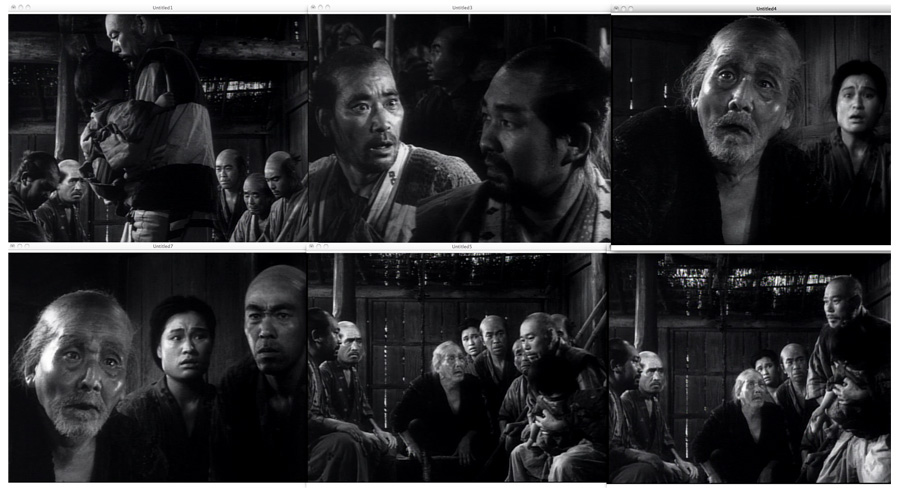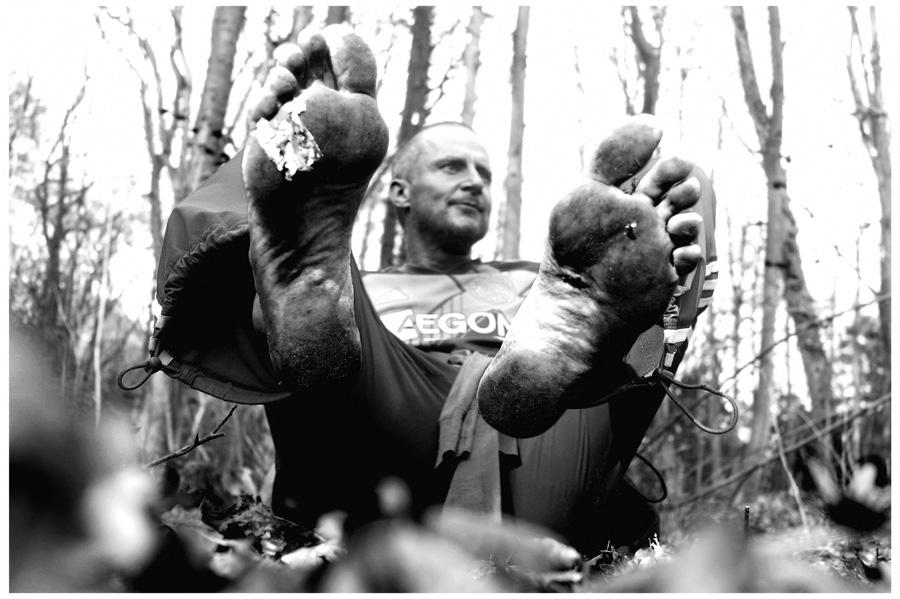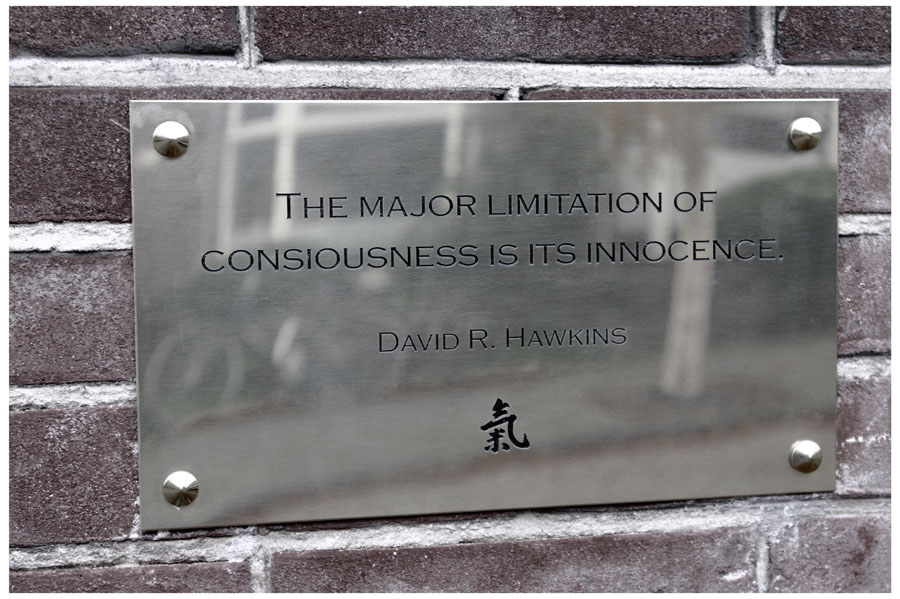Action
- Details
- Hits: 6333

Kennemer Dunes 360° today. Preparation [ depth, focus, trust, unity ]
Min/max temperature: 4°C/15°C; humidity: 72%; precipitation: 0 mm; sea level pressure: 1018 hPa; wind from ESE 4.9 km/h; visibility: 24.0 kilometres; Clouds: Overcast 4500m.
"[ LM: ] Do you think the formula for a good picture is preparation?
[ Hall: ] Yes, I think it definitely is. All the ones that look unprepared were usually prepared the hell out. It's very difficult to get an "unprepared" picture that works by going unprepared."
Conrad Hall as quoted by Leonard Maltin in 'The Art of the Cinematographer, A Survey and Interviews with Five Masters', page 126, first published in 1971 by Dover Publications, Inc. New York
"A […] sculptor looks into a quarry for lump of marble. He selects a particular specimen because what he wants to sculp is […] 'already inside'. It only has to be freed. In [ Taoism ], the metaphor of the 'Uncarved Block' is used […] to denote the True or Original nature. In this state, nothing has yet been done to manipulate, change or improve the block; 'it' is already present. This means that whatever is done to it will only result in a blurring of the original, leading us away from what is also called 'The Source'. […] Charlotte Selver […] writes: "The sensations from within are like stars, which only appear when the artificial lights are turned off. When there is quiet enough, they can be very precise." [ It ] is not to be identified with physical stillness. Selver's 'artificial lights' don't necessarily connote external stimuli. [The ] readiness manifests itself in clinging neither to silence nor turmoil; it can be present, so to speak, in the midst of battle. It is a prerequisite for timing, and thus, in The Way of the Samurai, for winning. […] According to Selver […] as soon as more readiness, more openness for what is happening develops, we find that the first thing in which we can recognise this increased openness is our breathing. […] "When the heart is touched, when the inner is touched, when we really allow something to -- as we say so nicely -- touch us, then something in ourselves opens, becomes awake and interested, and simply makes us breathe. We don't make ourselves do it. It makes itself felt." A person's liveness is directly proportional to the degree to which the person is awake, alert and connected to the environment."
Michael M. Tophoff in 'Chan Buddhism: Implications of Awareness and Mindfulness-training for Managerial Functioning', page 27, 28 203, 204, 205, 209, first published in 2003 by Michael M. Tophoff, The Netherlands
"Michelangelo once remarked that one test of good sculpture was roll it downhill, and whatever broke off would be nonessential."
Nathaniel Kaz in 'The Art of the Artist', page 172, first published in 1951 by Crown Publishers, Inc., New York
"For whether we are content with our illusions or frightened by them, we are equally possesed by them, and hence the non-attachment of Buddhism and Taoism means not running away from life but running with it, for freedom comes trough complete acceptance of reality. Those who wish to keep their illusions do not move at all; those who fear them run backwards into greater illusions, while those who conquer them, 'Walk on' […] 'Walk on!' for we can only understand life by keeping pace with it, by a complete affirmation and acceptance of its magic-like transformations and unending changes. By this acceptance the Zen disciple is filled with […] wonder, for everything is perpetually becoming new. The beginning of the universe is now, for all things are at this moment being created, and the end of the universes is now, for all things are at this moment passing away."
Alan W. Watts as quoted by Yasuo Kuniyoshi in 'The Art of the Artist', page 97, 98, first published in 1951 by Crown Publishers, Inc., New York
There's No Ffiti Like Graffiti
- Details
- Hits: 6277
Haarlem, Today: "The flapping of a butterfly's wings in Tokyo can cause a tornado in Texas." In chaos theory, the butterfly effect is the sensitive dependence on initial conditions in which a small change in one state of a deterministic nonlinear system can result in large differences in a later state. See also: http://bartvanbroekhoven.com/en-US/41-light/183-the-lens-is-not-enough
As part of Upcoming Film/Installation/Website "thing", this brass plate, excellently made especially for us by Dutch engraver Paul Hertog, was screwed in the brick wall. The poster was done with my two sons Jesse and Melle. The wooden mirror-frame comes from the awesome Vintage webshop from the Dutch recycling store Vindingrijk. The toy gun was found in a pile of garbage. Colors with spraypaint from Henx.

The Installation wil be accompanied by a wesbsite with a live video and audio stream and webshop. All hosted by -- as is this website -- Zebra Hosting in Amsterdam.
"If you practice diligently, from morning till night, […] your mind will spontaneously broaden.": http://bartvanbroekhoven.com/en-US/142-sar-sarstencil-ki
"The history of subway graffiti in New York is a brief one, and the phenomenon differs from all other kinds of graffiti, both past and present. In the 1960's, teenagers in New York began to write their names on neighbourhood walls, but instead of their given names, they chose nicknames, creating a public identity for the street": http://bartvanbroekhoven.com/en-US/149-graffitihunt-4
"Watching something does not mean fixing your gaze on it, but being aware of it in a natural way.": http://bartvanbroekhoven.com/en-US/158-sar-sarsential-22-aspect-ratio
SAR_sarsential™_toolbox_x
- Details
- Hits: 6296

Above: SAR¹ 30KMS BLMT² midpoint [ x ] training. Sarsential x: the Kambei-Point of View [ midpoint in the narrative; redirecting negativism towards reasonability and decisiveness, from an empathic POV ].
"The waterwheel makes its regular noise throughout the scene, emphasising the pauses." -- Akira Kurosawa in 'Seven Samurai' shooting script.
Midpoint: the Samurai squad-leader Kambei-character -- performed by actor Takashi Shimura in 'Seven Samurai' (1954) -- moment. The moment where the character shuts-down negativety ("I know how you feel, but you have to. We can't defend these outlying farms."), previsualize's victory (battleplan) and starts building it! Eye's off the self now, eye's on the team-effort!
In the midpoint scene in the film, the Samurai-squad-members share their strategy for dealing with the bandits and protect the village and the inhabitants. The villagers respond reluctant, negative, scared, hysteric. It seems negativism is hysteria in the making! At midpoint x, it is removed and replaced by a positive attitude, radiating decisiveness.
From the original shooting-script, page 137:
Close-up of GISAKU in the wind mill with a women behind him looking worried. They both look towards something off-screen. The woman puts a hand on the old man's shoulder with a cry of distress.
Medium close-up of MOSUKE with GOROBEI just in shot beside him.
He looks at GOROBEI fearfully. Other farmers are gathered behind him, open-mouthed with amazement.
MOSUKE: You mean I have to leave my place?
(Close-up of GISAKU, with his son and his son's wife, just behind him, frowning worriedly. The son stands up but his wife pulls him down, looking away nervously.
Medium shot of GISAKU sitting in the middle of the room with KAMBEI , his son and his wife behind him and GOROBEI and MANZO beside him. KAMBEI is holding a small child in his arms. Tilt up with him as he stands up, still holding the child. He paces backwards and forewords in the foreground, back to camera. The waterwheel makes its regular noise throughout the scene, emphasising the pauses.)
KAMBEI: I know how you feel, but you have to. We can't defend these outlying farms.
(KAMBEI continues to pace about. Suddenly the wife bursts into tears.)
From: Seven Samurai and Other Screenplays by Akira Kurosawa, collection first published in 1992 by Faber and Faber Limited, London.
More on "x": http://bartvanbroekhoven.com/en-US/running/123-sar-epilogue
More on Akira Kurosawa: http://bartvanbroekhoven.com/en-US/running/97-sar-7-along-the-way
¹ Strategic Alert Running
² Best Level Mixed Terrain
SAR_6
- Details
- Hits: 6274

Above: Footprint after 32K SAR-training. Clear-, refreshing-, sunny-, with playful-tide-, friendly wind and general-summer-atmosphere on beach and in dunes.




